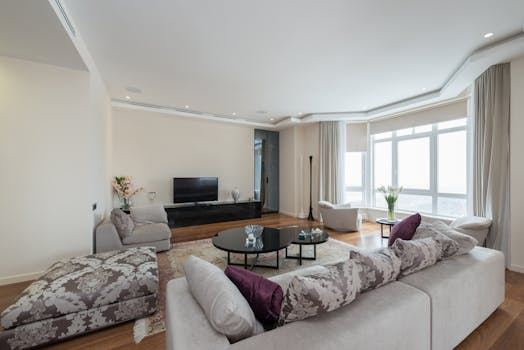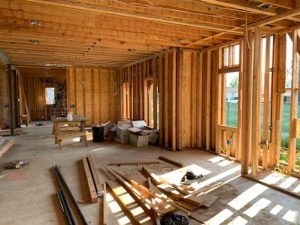Biophilic Design: Bringing Nature Indoors to Boost Property Appeal
Biophilic design is gaining popularity as a key technique in boosting property appeal by bringing elements of nature indoors. From offices and commercial spaces to residential homes, incorporating biophilic design has become an essential aspect of interior design. This design philosophy focuses on enhancing our connection with nature by bringing natural elements into our built environment. Not only does it offer aesthetic value, but it also has numerous benefits for our physical and mental well-being. Let’s dive into the concept of biophilic design and how it can transform any property into a natural oasis.
The Concept of Biophilic Design
Biophilia, a term coined by biologist E.O. Wilson, refers to our innate love and connection with nature. Biophilic design embraces this concept by incorporating natural elements, patterns, and colors into our built environment. It creates a symbiotic relationship between the outdoors and indoors, allowing us to reconnect with nature and reap its benefits without stepping outside our homes or offices.
Biophilic design principles revolve around the idea of “bringing nature indoors.” It involves the use of natural forms, materials, and colors to create a harmonious balance between the built environment and the natural world. It also includes incorporating natural light, greenery, water features, and other natural elements to enhance the overall appeal of any property.
Benefits of Biophilic Design
Improved Health and Well-being
Numerous studies have shown that biophilic design has a positive impact on our health and well-being. By incorporating natural elements into our living or working space, it can reduce stress, boost productivity, and improve concentration. It also promotes physical activity and can have a positive effect on mental health by reducing anxiety and depression.
Enhanced Aesthetic Appeal
Biophilic design adds a unique touch to any property and creates a calming and serene atmosphere. The use of natural materials such as wood, stone, and water features can add warmth and character to a space. It also creates a seamless connection between the indoors and outdoors, making the property feel more spacious and inviting.
Increased Property Value
Incorporating biophilic design into a property can substantially increase its value. A study by Terrapin Bright Green revealed that apartments with biophilic elements have a 5% higher rental value and 7% higher resale value. It also showed that biophilic design in a workplace can increase employee productivity by up to 8%.
Ways to Incorporate Biophilic Design
Natural Light
Natural light has a significant impact on our health and well-being. It not only promotes vitamin D production but also regulates our circadian rhythms, keeping our sleep-wake cycles in check. To bring more natural light into a space, large windows, skylights, and glass walls can be incorporated into the design.
Indoor Plants
Adding plants to a space is one of the simplest and most effective ways to incorporate biophilic design. Not only do they add to the aesthetic appeal, but they also improve air quality and reduce stress. Hanging plants, vertical gardens, and terrariums are some creative ways to add greenery to a space.
Natural Materials
Incorporating natural materials such as wood, stone, and bamboo can add warmth and organic textures to a space. These materials can be used in flooring, furniture, and décor elements. They also have a soothing effect and can create a sense of balance and harmony in a space.
Water Features
Water has a calming effect and can add a sense of tranquility to any space. Incorporating indoor fountains, water walls, or even a small pond can create a connection with nature and add a unique element to the design. The sound of running water can also help reduce stress and promote relaxation.
In conclusion
Biophilic design is not just a trend, but a way of creating a healthier and more harmonious living and working environment. By incorporating natural elements into our built environment, we can reconnect with nature and reap its numerous benefits. Whether it’s a residential, commercial, or public space, biophilic design has the power to transform any property into a natural oasis that will boost its appeal and value.










